
In the west of France, a group of archaeologists Inrap (Institut d'études nationales archéologiques preventives), is engaged in excavations in Rennes, in connection with the planned construction. The huge excavation area occupies 3250 m2, it is a quarry with a depth of more than 2 meters.
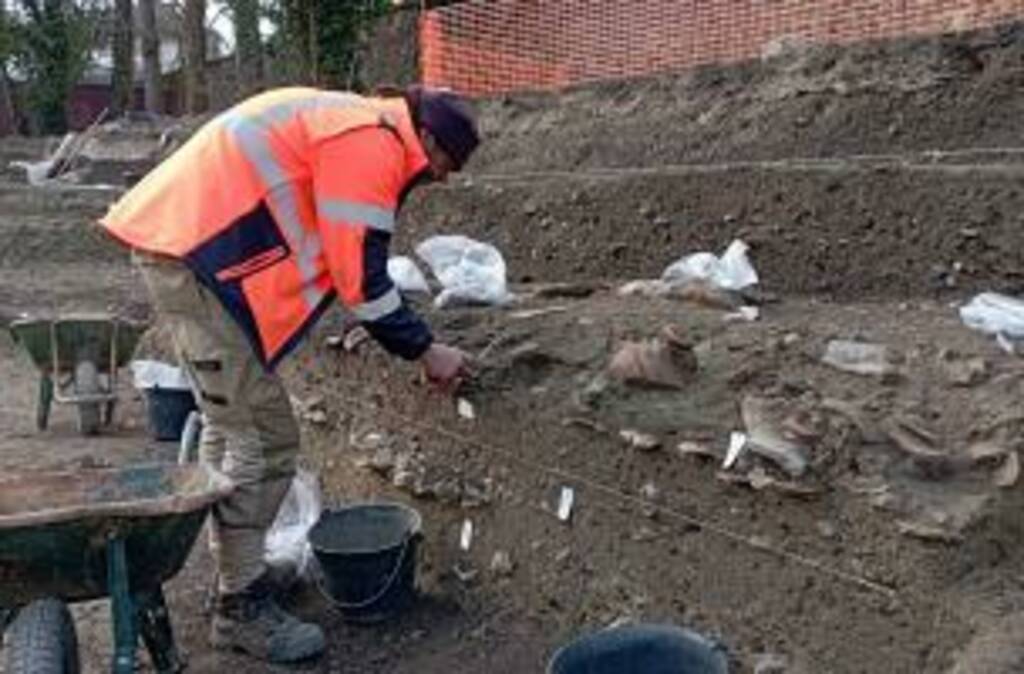
Excavations in Rennes, France. Photo: Inrap, Emmanuel Collado
The city of Rennes, which in Gallo-Roman times had the name Condate Riedonum, or Civitas Riedonum. This ancient city was the tribal center of the Gauls.
In the 1st century AD, the Romans mined Briover schist in a quarry and used it to build the city of Kondate. In fact, the territory of the quarry was used as a garbage dump for the entire 2 centuries. So the excavations pleased the scientists with many different, different-age artifacts.
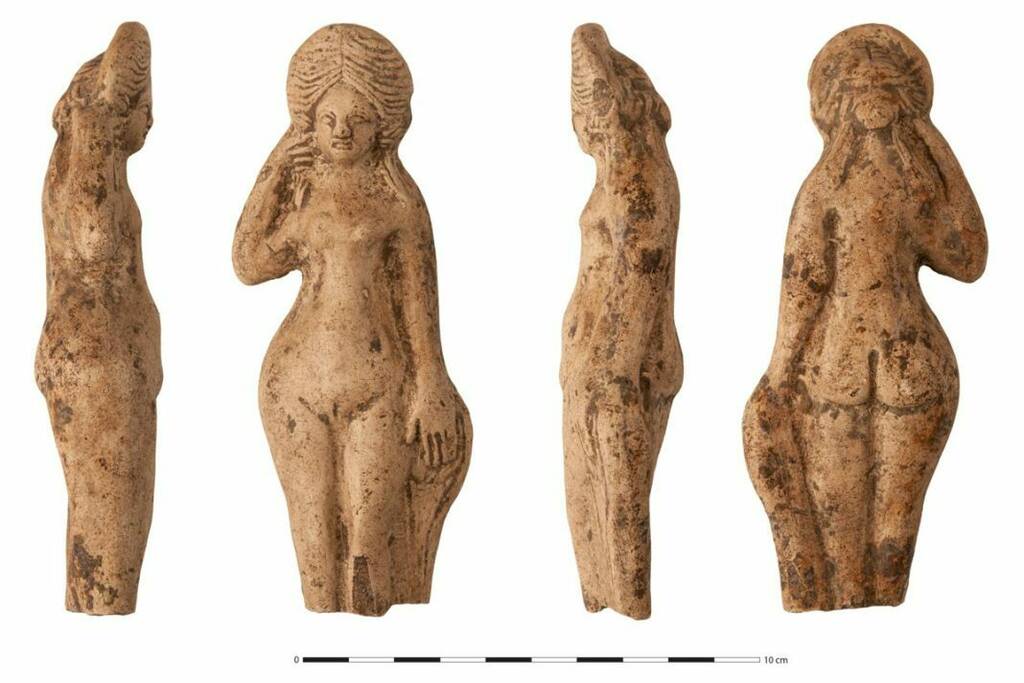
Fragment of a statuette of Venus. Photo: Inrap, Emmanuel Collado
Terracotta (burnt porous clay) was used as a material for making sculptures, tableware, and architectural details.
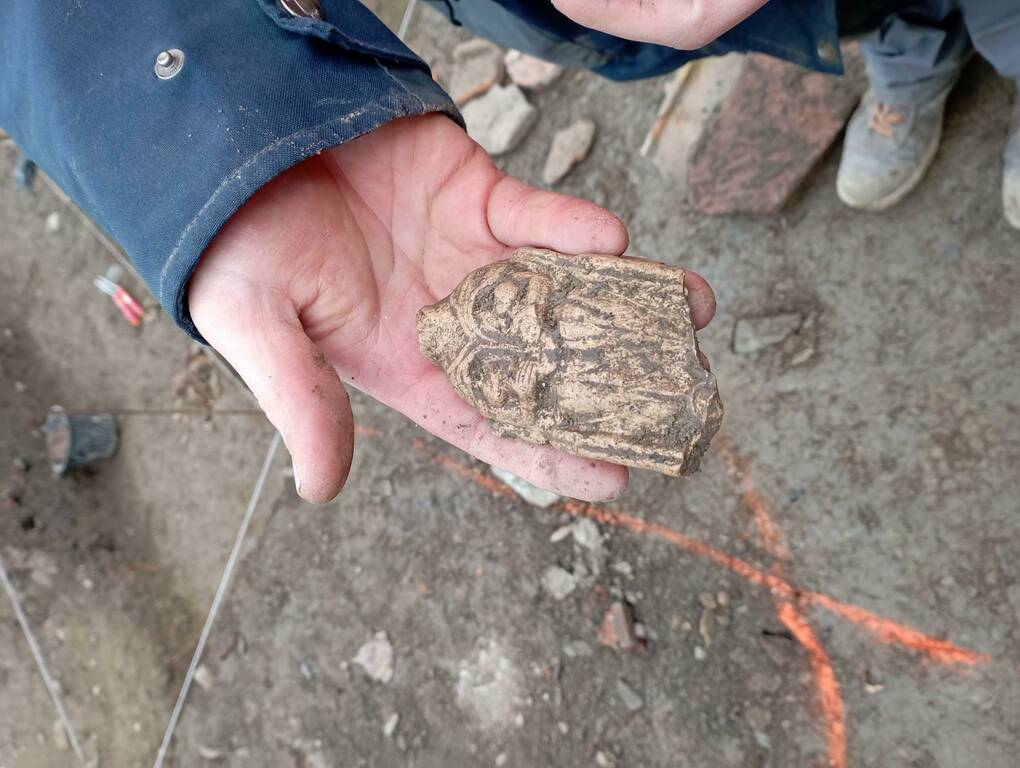
Detail of the statuette. Photo: Inrap, Emmanuel Collado
Also, in the accumulated layers of soil, archaeologists discovered a considerable amount of remains of ceramic dishes, coins, several statuettes, remains of ornaments (fibulae).
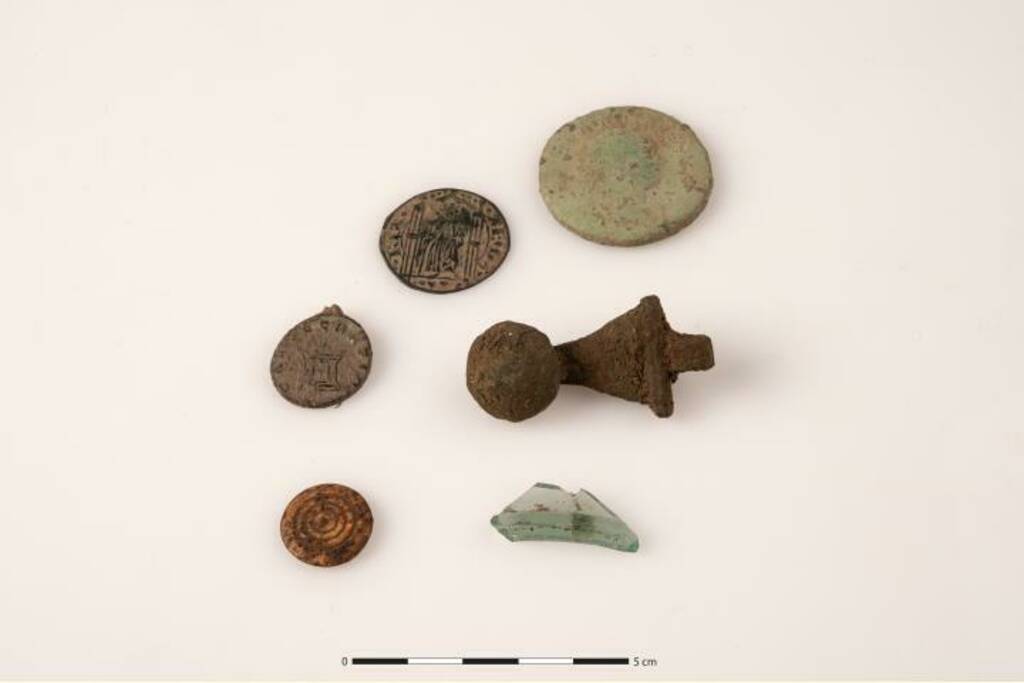
Many small items. Photo: Inrap, Emmanuel Collado
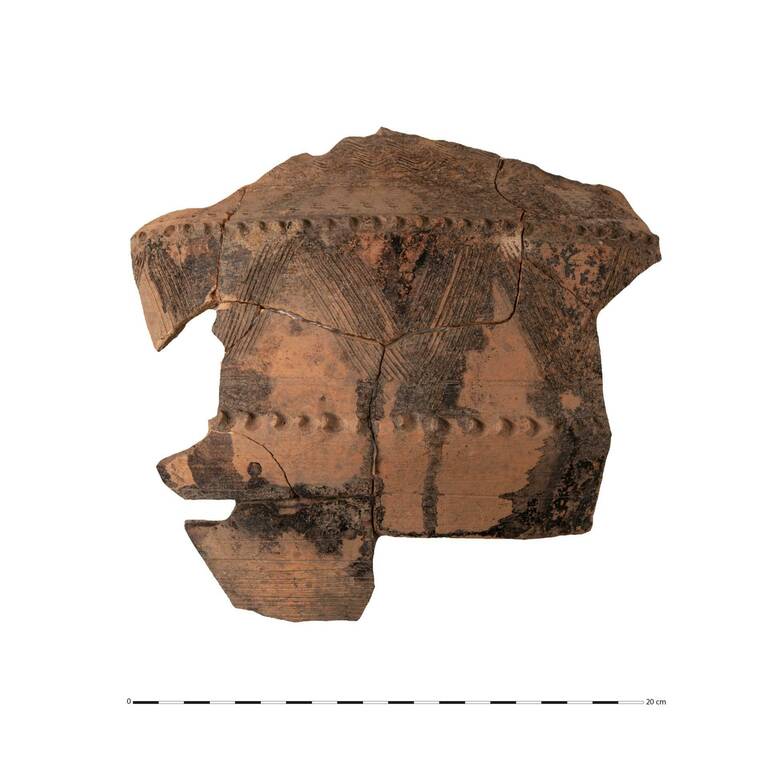
A large atypical vase of the Gallo-Roman period made of ceramics with drops of resin. Photo: Inrap, Emmanuel Collado
Large-scale excavations provide an opportunity to learn more about the organization and development of the ancient Gallo-Roman stone quarry, mining methods and tools, and reveal important knowledge about the impact of stone on the city's economy.
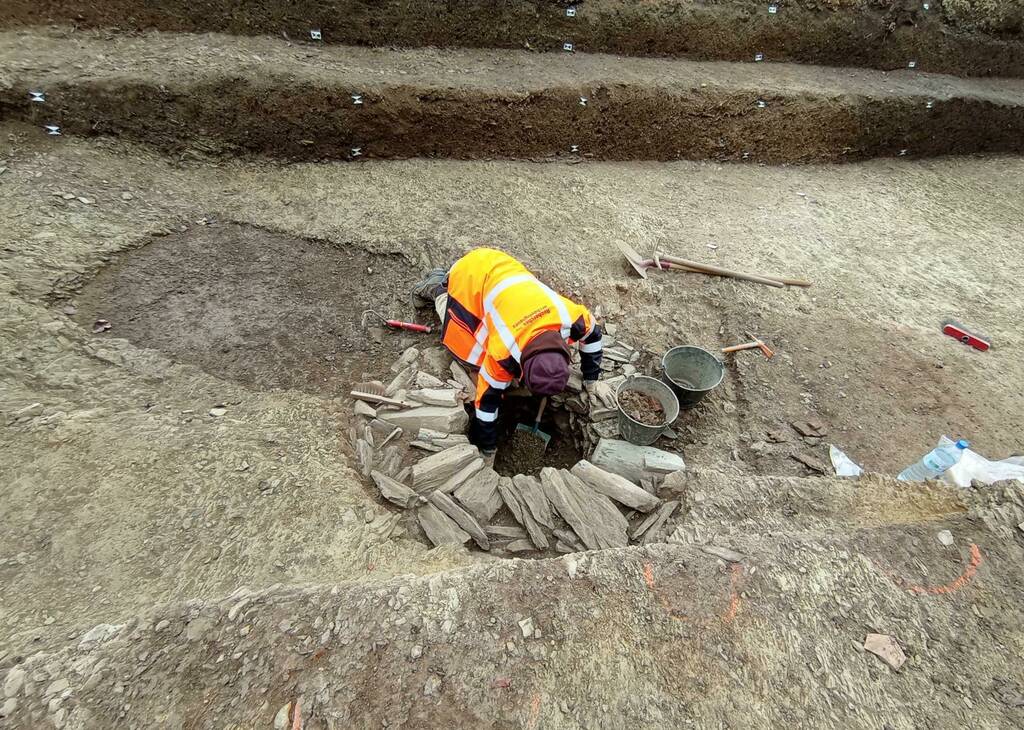
Excavations in Rennes, France. Photo: Inrap, Emmanuel Collado
